Last March, the Alliance released its first report examining the impact COVID-19 was having on affordable housing in Central Ohio. There was so much we couldn't have known then. But, in looking back, one sentence from that original report cast an eerily accurate prediction: "the Central Ohio housing gap will get worse as affordable housing construction slows and vulnerable households lose the income to pay for housing."
When we wrote that, the first rent payment of the shutdown hadn't even come due yet. Fast forward to last week, our eviction filings marked a grim milestone; they are now more than double what they were this time last year. And that is happening against a backdrop of extraordinary housing relief measures, calling attention to the deep housing instability of our most vulnerable households.
Today's new infographic report, the eighth in our series, confirms the second prediction that original report made: this pandemic substantially impedes affordable housing construction and jeopardize our progress towards closing the 54,000-household affordability gap.
We found a trifecta of barriers for affordable housing builders in Franklin County: run-away land costs, a lumber drought, and huge competition for a small labor pool. Of course, we faced these challenges before the coronavirus and they contributed to our housing deficit, but the pandemic poured fuel on the fire and pushed affordability even further out of reach.
The result is that every single survey respondent said their costs were up significantly year-over-year. In fact, a majority struggle with construction price spikes that exceed 16%. Without new funding to offset those unexpected expenses, that will inevitably translate to fewer affordable homes for Franklin County. That would continue an alarming trend in which, since 2017, the region lost more than 19,000 apartments that rented for less than $900 per month.
While these conclusions are sobering, we know they aren't the end of our story. They're where we start the solution. Recognizing that affordable housing is part of our core infrastructure, and making the investments needed to secure long-term stability, is a great start. We know from every recession in memory (and many before!) that housing is the bootstraps that we can use to pull ourselves out of an economic emergency.
This isn't just a national conversation, we can innovate right here at home. For example, the experts who responded to our survey estimated we could save at least 10% of building costs just by modernizing our pre-civil rights era zoning code, an initiative that's already underway in Columbus. This could save millions for affordable housing without spending a dime.
When it comes to solutions, we're so proud to share that the Impact HOPE Fund is once again open for new applications, thanks to funding from Columbus, Franklin County, and the State of Ohio. All this was made possible because of your advocacy and support in favor of federal relief measures. Unfortunately, new research shows that the majority of low-income renters who need help, don't know that it's out there. I'm asking you to share the graphic below (available on our social media feeds) with your network. We need to make sure no one misses out on this limited relief just because they didn't know it existed.
Thank you so much for taking the time to read this message, I invite you view our full infographic report. We always welcome you to our table and are eager to hear your ideas on how Central Ohio can craft a more accessible and equitable housing landscape. Please don't ever hesitate to reach out to me for a housing conversation over [digital] coffee!
-Carlie J. Boos, Executive Director
Affordable Housing Alliance of Central Ohio

